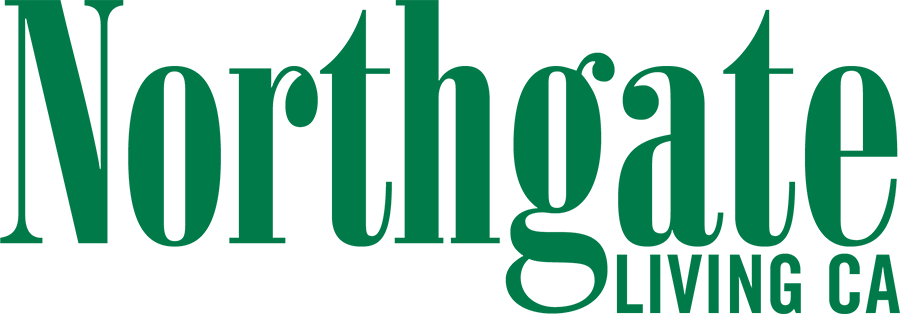Propping trees is not a common arboriculture practice, but when used it’s kind of exciting and different. And usually, with every prop, there is a story behind why it is there.
What is a prop?
Props are rigid structures anchored in the ground that support tree branches or trunks from below. They may also be used to provide supplemental support to leaning tree trunks. Some species of trees naturally provide their own props. Valley oaks are known for resting a portion of their elongated limbs on the ground before curving up to continue growing out to find sunlight. Banyan trees, like the one in Lahania, Hawaii send down air roots that grow into stout, branch-supporting pillars that resemble new tree trunks and support elongated limbs.
Negatives to propping
Any time you add artificial support to a tree whether it be in the form of staking a young tree, cabling co-dominant leaders together or installing a prop you are creating an area of weakness where over time the tree becomes dependent on the support system.
Reasons to prop a tree
Number one, the tree has serious structural issues that pruning alone cannot address and removal of the tree is recommended.
Number two, the client really, really wants to keep the tree and is willing to spend money to extend its life.
The Danville Oak
There is no more perfect example of this than the propping of the iconic Danville oak that straddles Diablo Rd in Danville, CA. In the fall of 2000 arborists determined that the gigantic oak was sinking and in danger of falling over because its roots were severely compromised by decay. Its removal was recommended due to high value targets that included cars, buildings, and people who lived and worked beneath the tree. Its failure would be catastrophic. However, its removal was unacceptable to the Town of Danville and the city council voted to spend $150,000 to build a cage to ‘catch’ the tree when it decided to fall over. The cage was not a prop at the time it was installed. No part of it supported the tree from underneath, it just surrounded it. However, over time, the cage has become a prop. Today if you visit the oak you can see where a portion of the large leaders now rest on the rectangle steel prop indicating that the arborists were right 20 years ago, the oak is sinking. But by building a steel cage the tree has safely stood for over twenty years and hopefully will continue into the future.
The Propping of the Orinda Valley Oak
The same story can be made for the propped Valley oak round the corner from the Orinda theater in downtown Orinda. As you can see the tree has a massive lean over the sidewalk and parking spaces. The recommendation years ago was to remove the tree to avoid damage when it eventually failed. Again, that option was unacceptable to the citizens of Orinda and they chose instead to prop it. The city decided on a cradle design where the tree branch rests on steel curved prop atop a large I-beam. They even went one step further by expanding the planting area at the base of the tree. Even though the tree has grown around the cradle, the prop has successfully kept the tree upright for over 20 years.
Other forms of propping
If you search the world wide web for ‘props in trees’ you will see pictures of all types of props covering a wide variety of materials and designs. At Traverso Tree Service we prefer to use steel pipes. We cut holes in the underside of the branch, bolt a threaded cap into tree, then screw the pipe into the cap. We pour a cement pad in the ground, place a steel plate on top, put one end of the pipe on top of the steel plate and cement the whole thing together. We also paint the sliver pipe black to help it blend in better with its surroundings. The reason we like this method is that it does minimal damage to the tree.
Lafayette – Orinda Presbyterian Church Valley Oak
Traverso Tree Service was asked to evaluate the massive Valley oak above the parking lot at the church on Knox Dr in Lafayette. Concerned about the large diameter branches that extended out over the parking area and over a set of stairs, John Traverso recommended props for those branches (after pruning to reduce the end weight was performed). The branches could have been removed to lessen the risk of limb failure but would have come at cost to the tree by radically changing its symmetry and left large pruning cuts susceptible to decay fungi.
Does your tree need propping?
Not all situations lend themselves to propping but when it does, propping becomes another option an experienced arborist has at his disposal. If you feel like you have one of those situations, feel free to contact Traverso Tree Service and we can set up an appointment for you meet with one of our arborists. Hopefully, you have enjoyed learning about different propped trees in our area.
By John Traverso, Traverso Tree Service

